Workplace Ergonomics
Photo by Proxyclick Visitor Management System on Unsplash
Workplace ergonomics is becoming an important consideration in injury prevention given the increasingly large number of people who spend the majority of their day working at a desk. Some relatively easy and inexpensive adjustments in the workplace can have a significant impact on many postural and repetitive strain type injuries including chronic neck and back pain, tennis elbow, shoulder impingement and carpal tunnel syndrome.
The Chair
Ideally, a chair should be adjustable not only in a vertical direction but in all three planes of movement to accommodate various body types. The height of the chair should be adjusted to be able to slide the chair under a desk while maintaining hip flexion of 90 degrees or slightly greater, a foot stool can be used to achieve this if needed. An ergonomic chair will also include an area of lumbar support. Used properly, this curve at the bottom of the chair helps to support the spine’s natural lordosis. Depth of the chair will vary depending on leg length, a two inch clearance between the back of the knees and the chair is recommended.
The Desk
Sit to stand desks are becoming increasingly popular and are a great option for alleviating some of the health concerns typically associated with prolonged sitting. Employers are becoming better educated on the advantages of sit to stand desks and will sometimes consider an upgrade if recommended by a health care professional. Often however, these more expensive substitutes are not in the budget. Desk set up can be optimized by having the monitor 20 to 30 inches from the eye with the top of the monitor at approximately eye height and centred in front of the face. Having room under the desk to allow the legs to move and stretch is also advised.
The Keyboard and Mouse
A drop down keyboard allows a worker to keep the elbows close to the body and the forearm parallel with the floor, decreasing the amount of reach and subsequent strain on the shoulder, elbow and wrist. Newer ergonomic mouses and keyboards keep the wrist in a more neutral position, lessening the risk of repetitive strain injuries to the wrist and hand.
These small changes can have a big impact but further consultation with a physical therapist can help to address additional factors that are specific to the individual.


